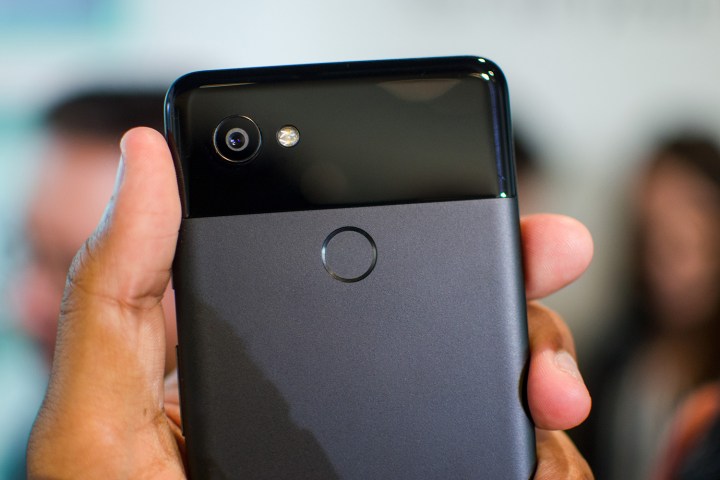
Of course, nothing beats real-world use — and we now have some of our first real-world photos of the Google Pixel 2’s camera in action. No surprises here — they look pretty good. The photos were taken by Google employee Isaac Reynolds, so take them with a grain of salt, but Reynolds does claim that the photos are unedited, which is good news.
The Pixel 2’s camera is pretty full-featured and offers all the tricks you would expect from a high-end camera. offers a 12.2-megapixel sensor with an f/1.8 aperture and both optical image stabilization and electronic stabilization. It also boasts dual-pixel phase-detection autofocus to keep those shots nice and crisp.
The photo gallery itself shows off almost 40 shots from the Pixel’s camera, including in a pretty wide variety of lighting conditions and settings. As a report from 9to5Google notes, the photos were clearly taken during testing, as some of them date back as far as July, proving that Google has been working on the camera in this phone for quite some time. That work really seems to have paid off.
You might already know that the Pixel does not have a dual camera, but that doesn’t mean it’s not capable of a decent portrait mode — in fact, as the photos demonstrate, the camera produces a pretty nice bokeh effect in portrait shots thanks to a combination of machine learning and dual-pixel technology.
We also get a pretty good look at Google’s motion stabilization technology, thanks to a video posted in the gallery. It seems as though the stabilization has only gotten better since the original Google Pixel. The video shows an unstabilized and a stabilized video side by side, and the results are pretty impressive.
The Google Pixel 2 and Google Pixel 2 XL are both available for purchase now, and you can check out our buying guide to figure out where to get them for yourself.
Editors' Recommendations
- I compared Google and Samsung’s AI photo-editing tools. It’s not even close
- A new Google Pixel Tablet is coming, but it’s not what you think
- The first Google Pixel 9 Pro hands-on photos are here
- Something strange might happen to the Google Pixel Fold 2
- The 6 biggest announcements we expect from Google I/O 2024





